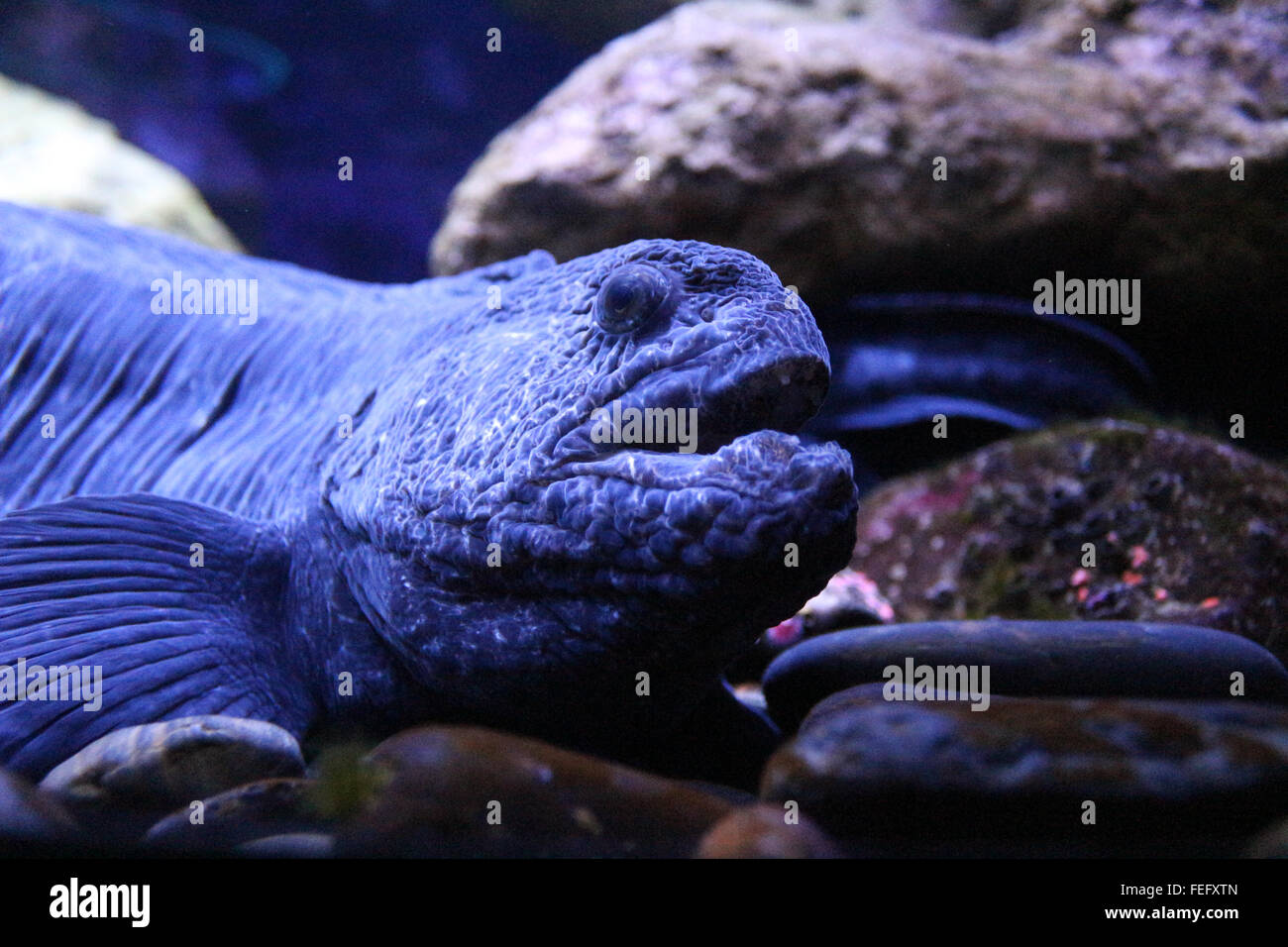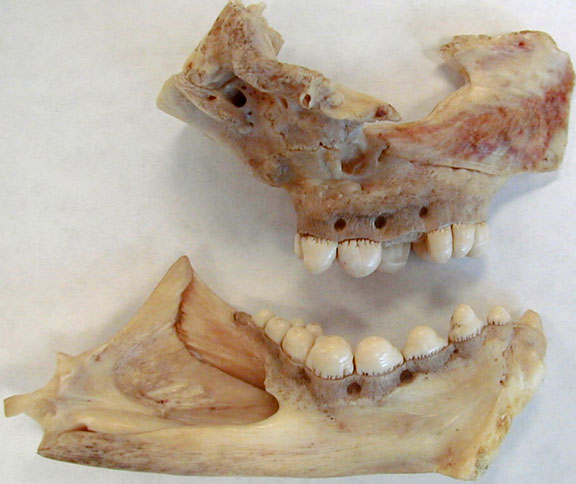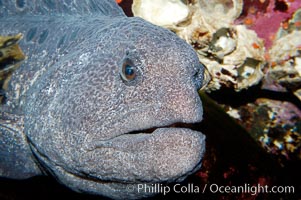

Today the featured animal is the wolf eel. Serve, passing the grated cheese.Join us for hands-on activities, special talks and opportunities to learn more about the care and feeding of the Aquarium's fish, birds, tide pool animals and marine mammals during Winter Fishtival! Each day we'll highlight a different sea animal and activity. Gently stir everything together, adding small amounts of the reserved pasta water if too thick or dry. Add the green herbs, stirring, 30 seconds, then the tomatoes and fish pieces. While doing all that, on an adjacent burner, cook the bucatini in the boiling water until 1 minute from al dente remove and keep aside 1 cup of the pasta water and drain the pasta, quickly adding it back into the pasta pot, lowering the heat to medium. (You may need to cover the skillet for the first 2-3 minutes to get the sauce going.) Stir, incorporating the fish and garlic, and cook until the sauce thickens slightly, about 8-9 minutes more.

Lower the heat slightly and add the tomatoes to the pan, crushing them with your hands as you add them, or with a potato masher, or the back of a flat spatula. Add the reserved wolffish, scraping the pepper flakes into the pan, and sauté, tossing or turning a couple of times, for 1 minute. When just shimmering, add the garlic and stir for 45 seconds until fragrant. In a large skillet or Dutch oven, heat the olive oil over medium-high heat.
WOLF EEL VS WOLF FISH FULL
At our elevation, it may take a full 12-13 minutes to boil the pasta to just al dente. When ready to cook, lay out what you’ll need in the kitchen, on the stove, and in the sink because, once the pasta water is boiling, such a set-up works to cook the fish, the sauce, and the pasta side by side. In a very large pot, begin to heat to boiling abundant, very well-salted water. Toss the wolffish in a bowl with salt and pepper to taste and the red pepper flakes.

Indeed, its great calling card in the kitchen is that it doesn’t flake or fall apart (when cooked through) as can other white-fleshed fish such as cod, trout or halibut. In all his years, Paul Bocuse’s most-ordered creation at his restaurant near Lyon, France, was a whole “loup de mer en croute,” wolffish fully encrusted in pastry.

That said, the French highly prize wolffish, both because of its taste and because its flesh holds up in the cooking. Its French name - “loup de mer” - has a pretty ring to it (because that’s what French does), but is merely a mirror translation of the English, “wolf of the sea,” or wolffish. It resembles more a huge eel than a cute Nemo-y fish, sports a Freddie Mercury overbite, and is so rapacious that it scarfs (wolfs?) down crabs, mussels and sea urchins, shells and all. Wolffish is so named because, when alive, this thing looks ugly-mean. Digital Replica Edition Home Page Close Menu


 0 kommentar(er)
0 kommentar(er)
